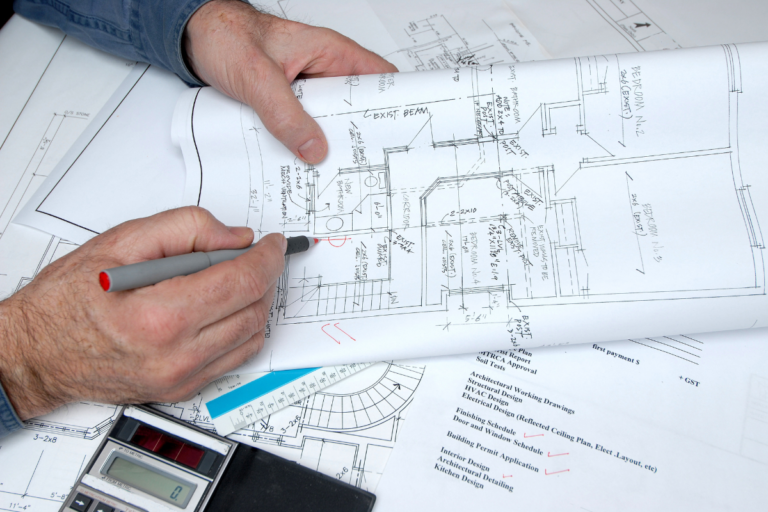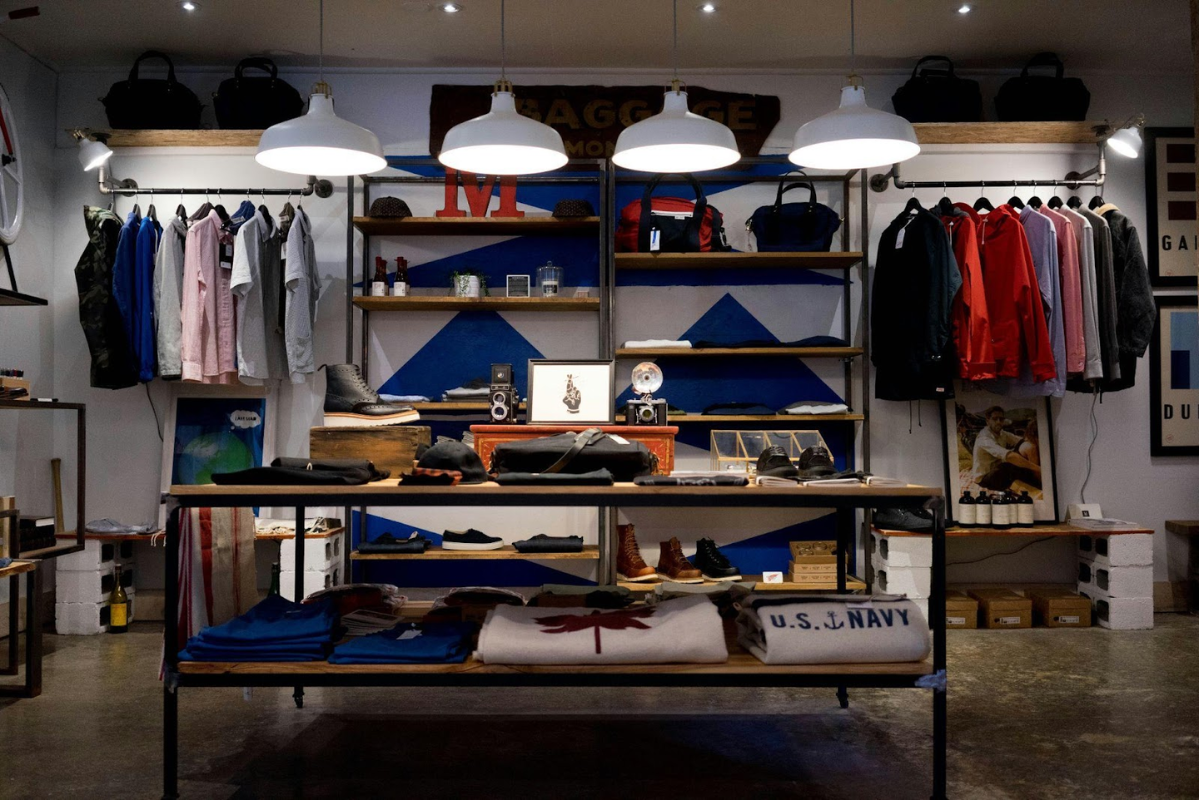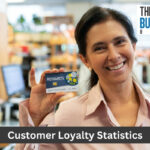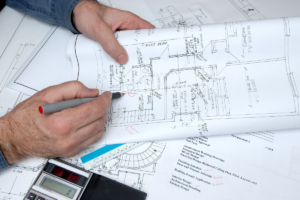Design underpins everything we do. For small businesses, few things are as powerful as effective marketing and carefully crafted design to attract customers to a store and convince them to patronize its products.
Beyond mere decoration, aesthetic design is a business strategic tool. It influences brand perception, customer attitudes, and sales figures.
Today’s physical retail space can get crowded. One sure way to stand out is to work carefully with architects, interior designers, fashion, graphic, product designers, and manufacturers to ensure a cohesive and memorable experience for your brand.
To appreciate the value of design in strategic marketing, we delve into the pivotal roles of interior design, visual merchandising, curation, branding, graphic design, and mood-setting lighting design to understand the complex elements that drive consumer behavior. We also correlate these factors with small business success.
Post Contents
Creating A Memorable Store Space
As a business owner, you must think of a store’s interior as something more than a physical space to browse and buy items.
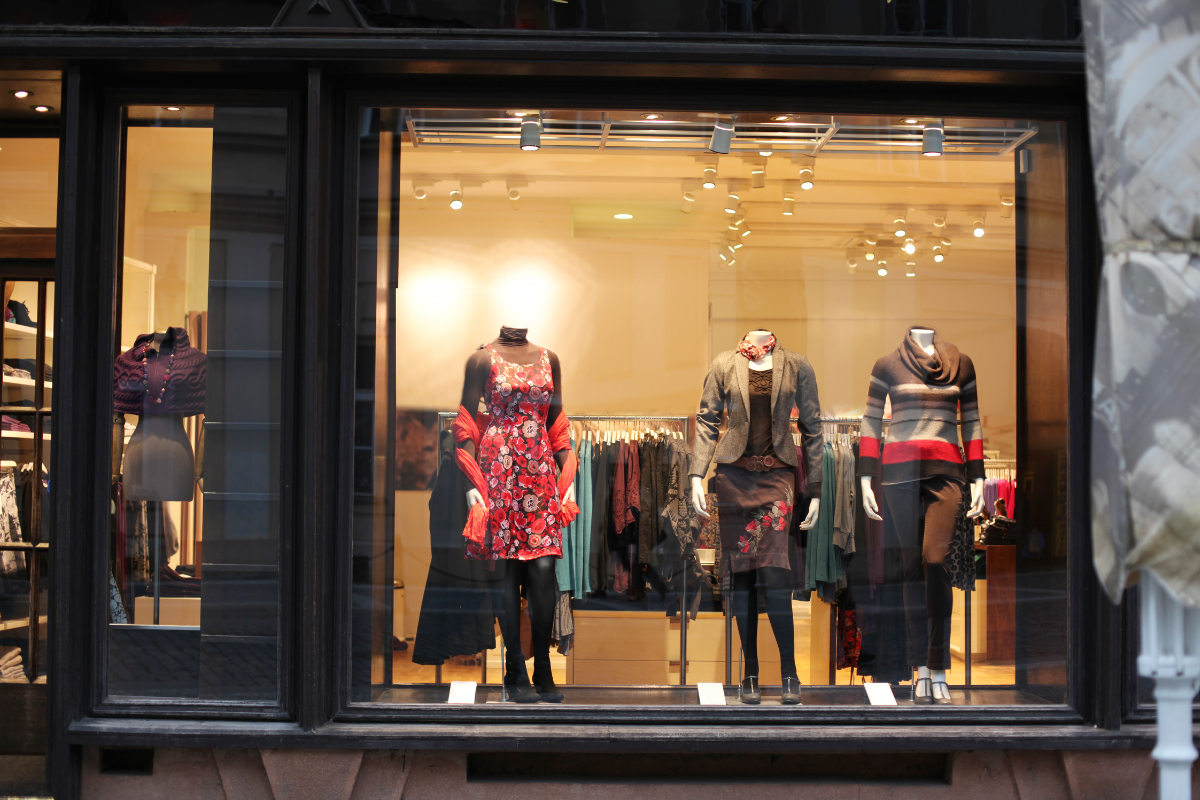
It is a canvas for painting a brand’s identity—an opportunity to make a lasting impression on a customer and develop the foundations of brand loyalty.
Every element in a store’s design is crucial. Its facade, signage, wall textures, item display areas, sales counters, layout, fitting rooms, decorative elements, logos, decals, product packaging, and even scent delivers a message. They perform both practical functions and sensory expressions, evoking emotion through artistry.
There are ways to ensure that your small business delivers an integrated brand message. These include:
Ensure Brand Consistency With Coordinated Visuals
Make sure your interior design is cohesive. It must mirror your brand’s values, ethos, and aesthetic. You could be running a cozy cafe exuding warmth through its furniture’s forms, colors, and textures.
You could own a sleek boutique radiating exclusivity, quality, sophistication, and luxury. Every image comes together through coordinated visuals.
Develop An Unforgettable Customer Experience
Your store must be more than just a space where customers walk in, choose items, pay for them, and walk out. They must find it pleasant, comfortable, and inviting.
Navigating your store must be intuitive, as its sections move and meld seamlessly, bringing your customer on a shopping journey.
Cultivate Uniqueness Through Creativity
While having cozy, comfortable, and aesthetically pleasing design elements is paramount, so is being distinctive.
The former qualities mean little if they cannot be firmly attributed to your brand. Select a distinctive color palette, pick a powerful and unique logo, and incorporate unique elements in your design.
Innovation is also a powerful tool in developing customer interest. You can improve your store layout and technology to become more interactive.
You can carve out a standout niche in a crowded space with creativity and innovative touches, standing out against the competition.
How To Achieve Distinctive Interiors That Drive Sales
Retail interior design is an intricate play of psychology and aesthetics. Much of it involves creating an environment that appeals to senses and emotions—a subtle guidance towards making a purchase.
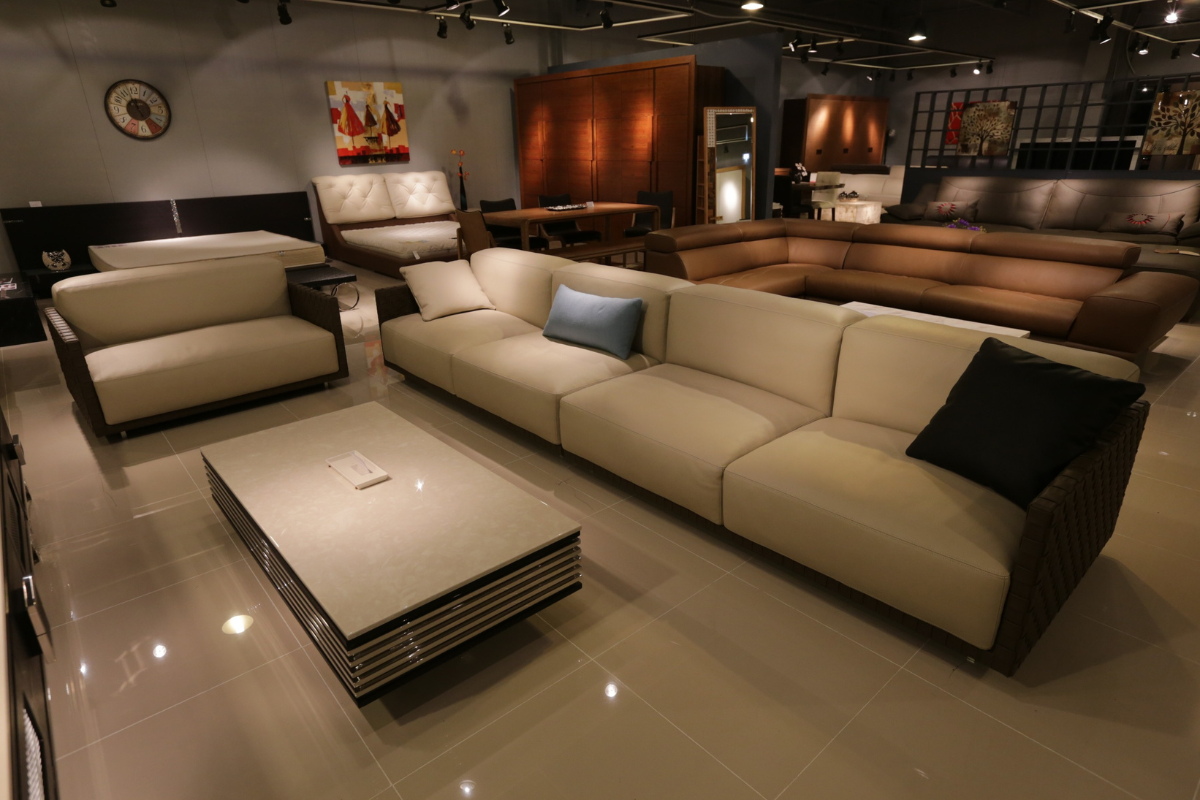
The relationship between interior design and retail store sales has been well-studied. Stores with good interiors see higher sales, longer dwell times, increased foot traffic, and better conversion rates.
Businesses aim to sell—that’s the bottom line. However, they also need loyalty and repeat business beyond quick or immediate sales. There are many ways to create robust sales, some deliberate and precise; others, subtle.
The following design elements improve your sales competitiveness:
Impactful Visual Merchandising
Using tried-and-tested visual merchandising techniques to arrange products enticingly helps capture customer attention.
They allow you to tell a story with your displays and create focal points that highlight your priority categories and products.
Change displays periodically to keep the customer shopping experience fresh and up-to-date. Apply creative storytelling to evoke emotions.
Use typography, placement, and graphic design to demonstrate product benefits and highlight pertinent information.
Strategic Lighting Design
Lighting is one of the most overlooked elements of the retail environment. Despite its subtle nature, it has a significant influence on consumer behavior.
The effects of lighting are subconscious, impacting perception, mood, and purchasing decisions.
An establishment’s lighting needs depend on its brand and the nature of its business. An electronics store, for example, may benefit from bright and cool lighting, which reflects an air of modernity and efficiency.
A Michelin-star restaurant or posh antique store could benefit from elegant lanterns, conveying luxury, exclusivity, and nostalgia. Companies like Visual Comfort & Co. specialize in lighting that fits the high-design business model.
Lighting is also a clever way of highlighting products. Placing spotlights can draw consumer attention to high-margin items. Use color rendering to increase the appeal of a product further.
Cool white light conveys cleanliness and clarity and is ideal for supermarkets. Warm light makes items more vibrant and appealing and could work well in fashion boutiques.
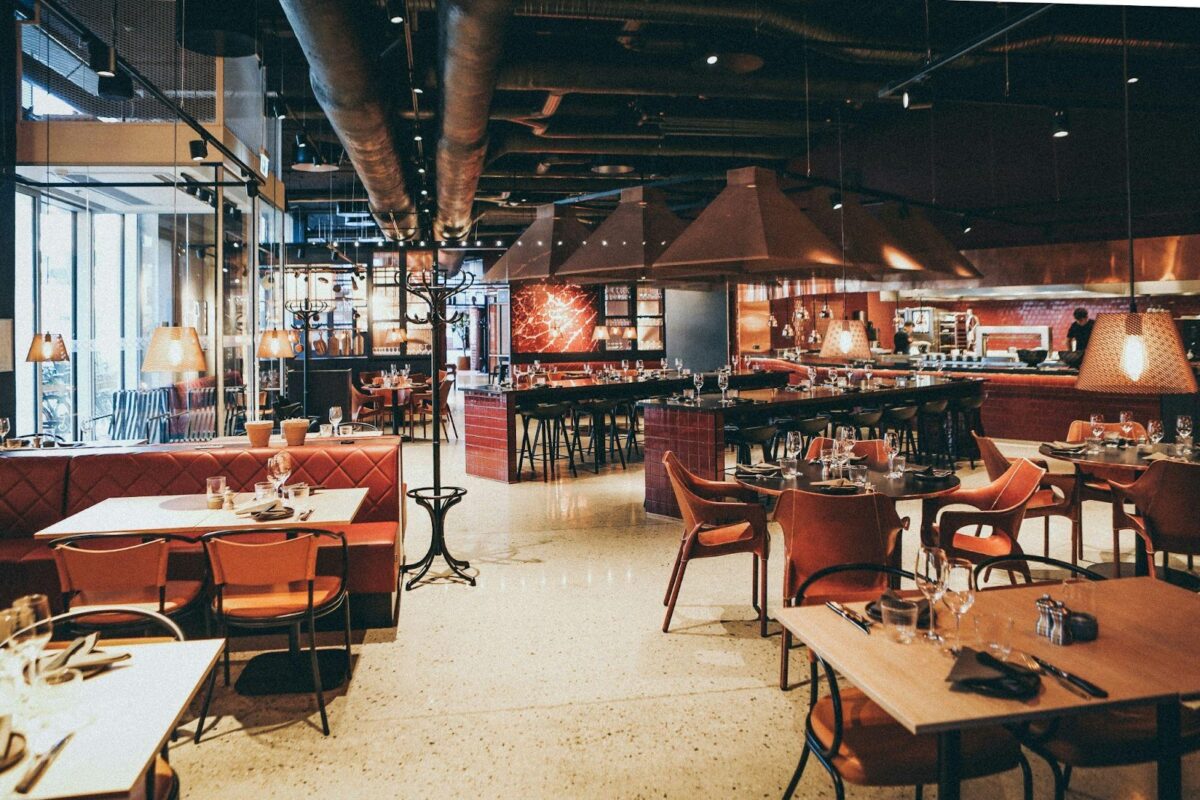
How To Light Your Retail Business
Create a retail lighting plan for your store or small business. Build several lighting layers with different features to create a rich shopping experience.
There are three basic types of store lighting. High-activity lighting is the layer that cancels out your store’s dark corners or shadowy spots.
It creates a lively atmosphere for shoppers. Ambient lighting sets the mood for your store.
Accent lighting is used to emphasize items that are important in your displays. A careful balance of the three ensures better sales and good customer feedback.
Pay attention to the technical aspects of lighting. It can turn particular for each display item. In a grocery store, for example, light in the middle range of 3600 Kelvin (K) works well in the meat section.
It makes pork, beef, or chicken look fresh. In the fruit section, warm or red light works well with apples, making them look delicious and irresistible.
Light ranging between 5000 to 6000 K in jewelry stores—very cool on the spectrum—makes jewels and gems sparkle.
The kind of light you apply also affects the room’s size perception. Cool light makes a shop appear larger.
However, customers tend to spend more time in places with warmer light. Business owners and designers must weigh the pros and cons of each choice.
Use Clever Design To Gain A Competitive Sales Advantage
Small businesses need to do more than create and display a great product. They need to appeal to walk-in customers and deliver a unique brand experience.
Aesthetic design can be a powerful ally in achieving your business objectives. Brand design, interiors, visual merchandising, and specialized lighting can all contribute to an ambiance that makes people stay longer, enjoy the shopping experience, and notice your best items.
Be strategic with your design elements to maximize your sales advantage. Take advantage of the scientifically proven advantages of color temperature, learn how to create a streamlined store layout, utilize lighting to highlight high-margin items, and use design elements as focal points to strengthen your brand image.
You don’t need to do everything yourself, either. Consult specialists in each discipline to ensure you harness the best of each design component as much as your budget permits.
Clever design decisions go a long way to ensure robust sales figures, foot traffic, and brand loyalty in the months and years ahead.




